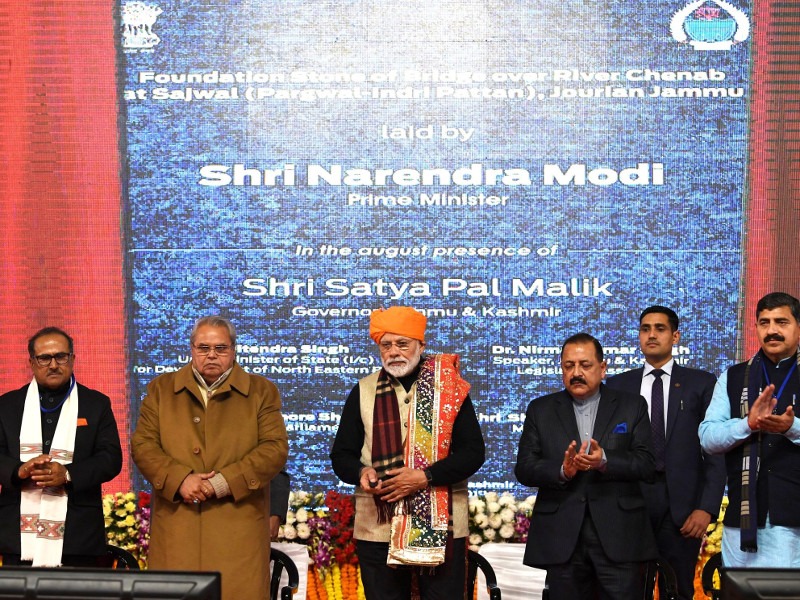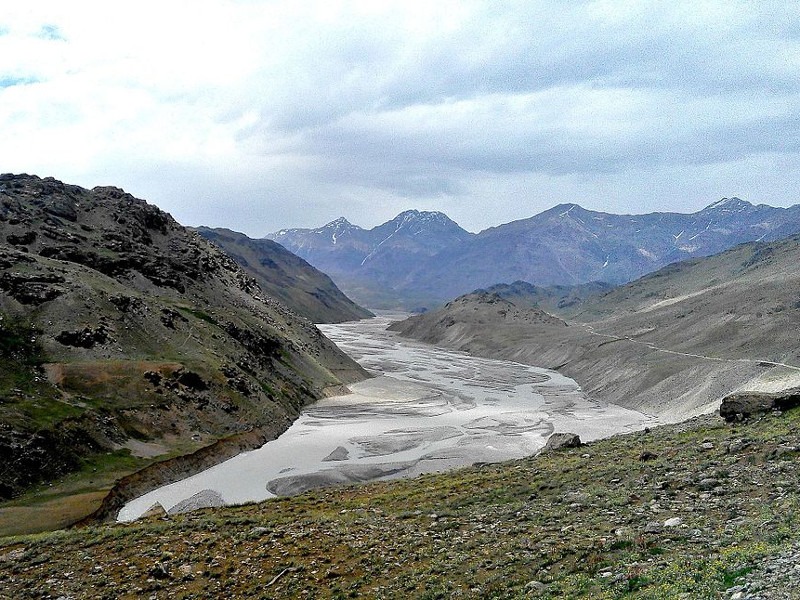Kiru hydroelectric power project is a run-of-the-river scheme being developed over the Chenab River in the Kishtwar Tehsil of Doha district in Jammu and Kashmir (J&K), India.
The project is being developed by Chenab Valley Power Projects (CVPP), a joint venture between National Hydroelectric Power Corporation (NHPC, 49%), Jammu & Kashmir State Power Development Corporation (JKSPDC, 49%) and Power Trading Corporation (PTC, 2%).
The estimated investment in the project is Rs46.4m ($769m). The project was awarded scoping clearance by Ministry of Environment Forests and Climate Change (MoEF&CC) in September 2008 and revalidated for an installed capacity of 624MW in September 2015.
Environment clearance was issued in June 2016 and the project received approval from the State Administrative Council (SAC) in January 2019. The foundation stone for the hydroelectric power plant was laid in February 2019, while completion is expected by 2023.
Project Gallery
Kiru hydroelectric power project location
The Kiru hydroelectric power project is being built near the villages of Patharnakki and Kiru in Kishtwar, J&K.
The project site lies approximately 1.5km downstream and 0.5km upstream at the convergence point of the Chenab River with the Singad and Bela streams.
The project will be constructed between Kirthai II (upstream) and Kwar (downstream) hydroelectric plants.
Kiru hydroelectric power plant make-up
The Kiru hydroelectric project will include the construction of a concrete gravity dam on the Chenab River. The dam will be 135m-tall from the deepest foundation level and 123m from the river bed level. It will have a storage capacity of 41.5 million m³ of water.
The project will have a catchment area of 10,225km², while the reservoir will be 6.5km-long and 1.03km² in area. It will have one 700m-long horse-shoe shaped diversion tunnel with two openings.
The lower spillway of the power plant will be of orifice type with a width of 62m and four bays, while the upper spillway will be crest type gated with a width of 31m and two bays.
Water intake will be through four 276m-long penstocks having a diameter of 5.5m each. An underground powerhouse, located at the left bank of the river, will comprise four Vertical Francis turbines with a capacity of 156MW each. It will also have four concrete-lined tailrace tunnels with a design discharge capacity of 146.5 cubic meters per second (cumec).
The project also includes a transformer/draft tube gate cavern measuring 137m-long, 17m-wide, and 15m-high.
Contractors involved
RS Envirolink Technologies prepared the environmental impact assessment (EIA) and environmental management plan (EMP) reports of the project in 2016.
University of Jammu was involved in preparing the initial baseline data for the preliminary EIA and EMP reports.
In October 2018, MGI Infra was awarded the contract to construct a temporary field hostel of 20 rooms and site offices for management.
Benefits of the Kiru hydroelectric power project
The project will address the energy deficiency in the Northern region of India. It will simultaneously improve the transportation, education, medical, and road transportation network in the region.
The power plant will bring electricity to the rural area, which will reduce the dependency of the locals on alternative sources of energy. Increased power supply in the region will enhance the development of small-scale and cottage industries in the region, which will in turn provide jobs and revenue to the locals.


